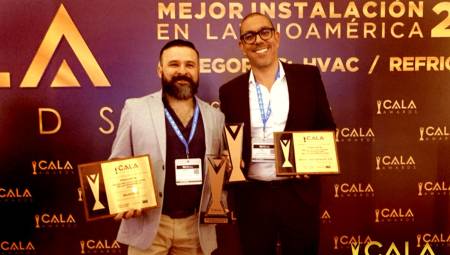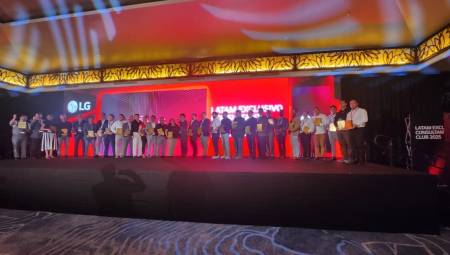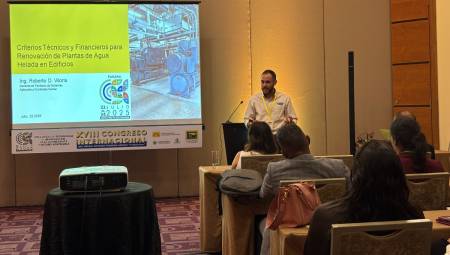 International. A study by researchers at MIT and elsewhere outlines a roadmap for how technology from materials called perovskites could move from the lab to a significant place in the global solar market. These materials show great potential for a new generation of solar cells, but have struggled to gain traction in a market dominated by silicon-based solar cells.
International. A study by researchers at MIT and elsewhere outlines a roadmap for how technology from materials called perovskites could move from the lab to a significant place in the global solar market. These materials show great potential for a new generation of solar cells, but have struggled to gain traction in a market dominated by silicon-based solar cells.
The "techno-economic" analysis shows that by starting with higher-value market niches and gradually expanding, solar panel manufacturers could avoid the very high upfront capital costs that would be necessary to make perovskite-based panels directly competitive with silicon for large-scale installations. Instead of making a prohibitively expensive initial investment, of hundreds of millions or even billions of dollars, to build a plant for scale production, the team found that starting with more specialized applications could be achieved for a more realistic start-up capital investment on the order of $40 million.
The results are described in a paper in the journal Joule, by postdoc MIT, Ian Mathews; the research scientist, Marius Peters; mechanical engineering professor Tonio Buonassisi and five others from MIT, Wellesley College and Swift Solar Inc.
Perovskite-based solar cells, a broad category of compounds characterized by a certain arrangement of their molecular structure, could provide dramatic improvements in solar installations. Its constituent materials are inexpensive and can be manufactured in a roll-to-roll process, such as printing a newspaper, and printed on lightweight and flexible backing material. This could greatly reduce the costs associated with transportation and installation, although they still require more work to improve their durability. Other promising new solar cell materials are also being developed in labs around the world, but none have yet advanced in the market.
"A lot of new materials and solar cell companies have been released over the years," Mathews says, "and yet despite that, silicon is still the dominant material in the industry and has been for decades."
Why is that the case? "People have always said that one of the things holding back new technologies is that the expense of building big factories to produce these systems at scale is too much," he says. "It's hard for a startup to cross what's called 'death valley,' to raise the tens of millions of dollars needed to get to the scale where this technology could be profitable in the solar energy industry at large."
But there are a variety of more specialized solar cell applications where the special qualities of perovskite-based solar cells, such as their light weight, flexibility and transparency potential, would provide a significant advantage, Mathews says. By initially focusing on these markets, a startup solar company could grow gradually, leveraging the profits from premium products to expand its production capabilities over time.
Describing the literature on perovskite-based solar cells being developed in various laboratories, he says: "They claim very low costs. But they claim it once their factory reaches a certain scale. And I thought, we've seen this before: people claim that a new PV material will be cheaper than the rest and better than all the rest. That's great, except we need to have a plan for how we get the material and technology to scale."
As a starting point, he says, "We took the approach that I haven't really seen anyone else: let's model the cost of manufacturing these modules based on scale. So if you only have 10 people in a small factory, how much do you need to sell your solar panels to be profitable? And once you reach scale, how cheap will your product be?
The analysis confirmed that trying to jump directly into the market for rooftop solar installations or utility-scale solar installations would require a very large initial capital investment, he says. But "we look at the prices people can get on the Internet of Things, or in the building-integrated PV market. People generally pay a higher price in these markets because they are more specialized products. They will pay a little more if their product is flexible or if the module fits into an envelope in the building." Other potential market niches include self-powered microelectronics devices.
Such applications would make market entry feasible without the need for large capital investments. "If you do that, the amount you need to invest in your company is much, much less, on the order of a few million dollars instead of tens or hundreds of millions of dollars, and that allows you to more quickly develop a profitable company," he says.
Mathews says the kind of techno-economic analysis the team used in their study could be applied to a wide variety of new energy-related technologies, including rechargeable batteries and other storage systems, or other types of new solar cell materials.
"There are many scientific papers and academic studies looking at how much it will cost to manufacture a technology once it is at scale," he says. "But very few people really look at how much it costs on a very small scale and what are the factors that affect economies of scale. And I think it can be done for a lot of technologies, and it would help us accelerate how we bring innovations from the lab to market."
Source: MIT.














